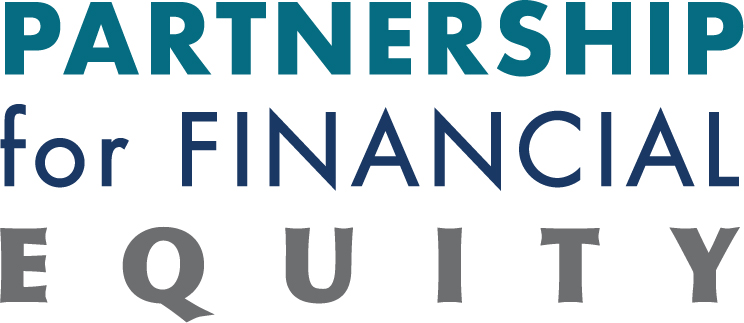MCBC’s Mortgage Lending Report Inspires Policy Innovation at MassHousing
May 27, 2020
MassHousing shares with MCBC’s Board of Directors how Changing Patterns XXV, authored by Jim Campen, informed policy goals
MCBC’s 2018 mortgage lending report, Changing Patterns XXV, authored by Jim Campen, drew awareness to the racial homeownership gap. The racial homeownership gap is particularly pronounced in Massachusetts. The U.S. homeownership rate is 63.9%; but only 46% of households of color are homeowners. In Massachusetts that rate is even lower at 34%. For every 2.0 White homeowners in Massachusetts, there is one homeowner of color. When it comes to the disparity between white and nonwhite homeownership rates within the country, Massachusetts ranks 6th from the bottom. MassHousing found factors contributing to this disparity in the Changing Patterns XXV report:
Income differentials cannot fully account for the disparate rates of homeownership
In Massachusetts, the median household income for white families is $82,000, compared to $54,000 for households of color. But, interestingly barriers to homeownership do not point to the racial income gap.
In Boston, Black and Latino households are almost 3x more likely to be denied for a home-purchase loan than White households, despite having the same income. And denial rates increase with household income. At higher incomes, Black and Latino households are more likely to be denied a loan compared to a lower income households.
As Changing Patterns XXV indicates, debt-to-income ratio, collateral, and credit history are the most frequently cited reasons for loan denials to minority households.
Minority borrowers are 3x more likely to receive a FHA insured loan
Additionally, Black and Latino borrowers in Massachusetts are more than 3x as likely to receive FHA insured loans than White borrowers. Over the life of the loan, FHA-insured loans are more expensive than affordable or conventional products. As a result, FHA-insured loans have higher rates of delinquency and higher rates of default than other mortgage products.
Minority homebuyers are concentrated in Gateway Cities
Changing Patterns XXV highlighted that 46% of loans to Black borrowers were concentrated in five (5) cities: Boston, Brockton, Randoff, Springfield and Worcester. And eight (8) cities accounted for 42% of the total home purchases for Latino borrowers: Boston, Brockton, Lawrence, Lynn, Rivere, Springfield and Worcester. Sixty-five (65) municipalities in the state had no home loans to a Black or Latino homebuyer.
MassHousing Responds with Policy Innovations
Such compelling data from the 2018 mortgage lending report resulted in various policy innovations. MassHousing convened Racial Equity Advisory Council for Homeownership (REACH). REACH, like MCBC, is a collaboration of organizations focused on narrowing the homeownership gap. Recent efforts by REACH include marketing of the My Mass Mortgage website, new mortgage products (Commonwealth Builder Program), down payment assistance (Workforce Advantage Program), and a rental to homeownership pilot.
These are significant policy innovations undertaken by MassHousing. It’s important to note, the State has not invested in the supply of homeownership since 2008. Increasing the housing supply was supported by Governor Baker, who supported recapitalizing the state’s workforce housing program. Known as the Commonwealth Builder Program, the homeownership production program focuses on first-time homebuyers in the City of Boston, Gateway Cities, and qualified census tracts. Funds can be used for a new construction or adaptive reuse single family or condos. There is a minimum of 20 units per project.
The Workforce Advantage Program provides much needed down payment assistance (DPA) program to first-time homebuyers. The program supports those earning up to 80% AMI with the purchase a single-family home or condominium. The DPA is up to 3% of the purchase price or $15,000 on a home in Boston or one of the Gateway Cities. And it also comes with Mass Housing mortgage insurance.
MassHousing’s goal is to increase homeownership rates for households of color by 5% – nearly 40,000 households – by 2030.
MCBC’s 2020 mortgage lending report is due out in the fall of 2020.

